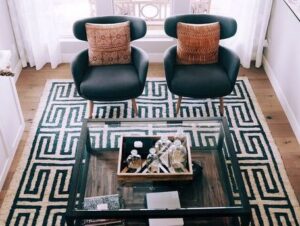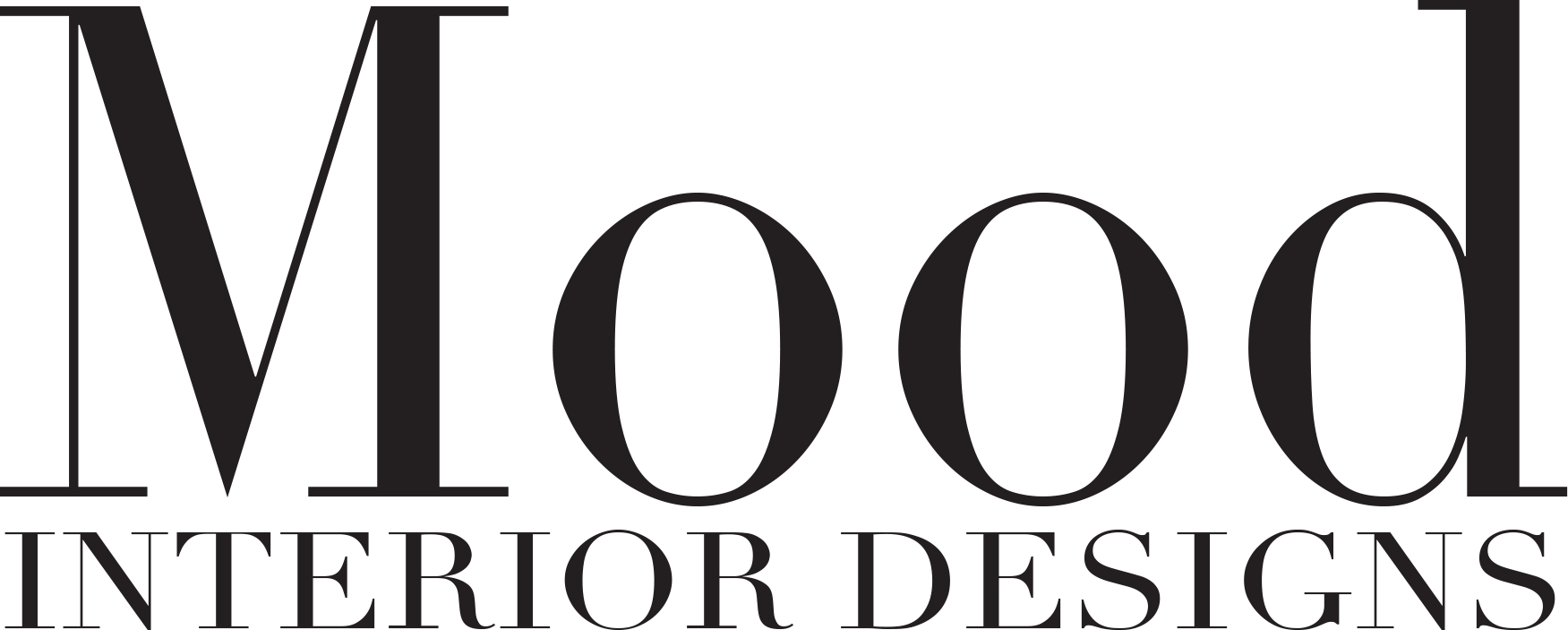
While the housing industry still struggles with diversity, progress has been made in recent years, and leading property management companies are deeply committed to the goal of inclusivity – both within their own organizations and with respect to the resident for whom they are housing. Current efforts to diversify the talent pipeline ensure a more equitable future.
The power of diversity in our organizations is only as powerful as we are willing to push ambiguity to the side and replace it with a commitment to embrace diversity beyond the About Us page on the company website.
But diversity is not only about race and gender and checking the proverbial boxes; it is the catalyst for innovation, thought leadership, cultural relevance, and creativity. In an industry as universal and entrepreneurial in nature as housing, its persistent sameness is illogical at best, which is why diversity needs to be paired with action.
If we want things to be more diverse, it helps to make diversity more convenient, more accessible. And so enters interior design. Design leaders are seizing opportunities to better narrate the stories of those who are often overlooked or excluded in our spaces.
Suddenly, it’s a lot easier to find a diverse perspective that opens doors and sets a wider standard for what’s traditional – but the question remains, whose tradition? The well-grooved pathways of habit often cause us to choose neutral every time, instead of exploring the vibrant color palette of diversity. All too often, people run out of energy or resolve to do what they know they ought to do, resorting to the easy thing or the practiced thing instead. It never seems like the right time to stop doing what worked and start doing what we said was important in our diversity committee meetings.
In order for spaces to feel more welcoming to those with diverse backgrounds, non-European art and culture ought to be embraced by those designing and approving property interiors. Being inclusive also means considering vulnerable and under-resourced populaces, and being proactive about designing solutions for them. When residents are exposed in a positive way to the different cultural backgrounds of those in their community on a daily basis, it fosters a natural inclination towards inclusion and acceptance of their peers.
Ethnic design is influenced by patterns, motifs and handicrafts from non-industrialised cultures, drawing its ideas from indigenous communities across South America, Africa and Asia. Bohemian design today is about incorporating many different things from different philosophies, parts of the world, and ways of life. The result is an eclectic style that’s as diverse as the people who inspire it. Tribal is a blanket term usually applied to crafts from the African continent. Quite often, you will see traditional textiles and patterns being used, such as the Kuba cloth, to denote a tribal aesthetic.
Interior Designers have the talent to fuse personalities, styles and beliefs in a very balanced fashion to incorporate diverse styles like Indian vibrancy, Japanese minimalism, Scandinavian chic, Spanish revival, and Moroccan splendor into a space that will appeal to the flow of future residents walking the tour path.
This forward-looking lens must now be applied as the race to the bottom is brutal, and the only way to avoid it is to create projects, innovate on strategy, and build something worth seeking out. There’s a real opportunity to be different, by embracing diversity in design – by leveraging the magic that comes from diversity of opinion, background and aesthetic.
Design is a creative way to foster a deep sense of inclusion in the resident community. There have always been shortcuts to design. But the only true responsibility of the designer is to shape the experience of the interior space, and this action happens when there’s trust involved.
We begin designing for a property or a space to add financial value, but we ultimately design for the resident. As a community, residents long to be noticed, to be cared for, to matter. Designing with diversity in mind benefits all of us, over and over again.
The power of diversity in our organizations is only as powerful as we are willing to push ambiguity to the side and replace it with a commitment to embrace diversity beyond the About Us page on the company website.
But diversity is not only about race and gender and checking the proverbial boxes; it is the catalyst for innovation, thought leadership, cultural relevance, and creativity. In an industry as universal and entrepreneurial in nature as housing, its persistent sameness is illogical at best, which is why diversity needs to be paired with action.
If we want things to be more diverse, it helps to make diversity more convenient, more accessible. And so enters interior design. Design leaders are seizing opportunities to better narrate the stories of those who are often overlooked or excluded in our spaces.
Suddenly, it’s a lot easier to find a diverse perspective that opens doors and sets a wider standard for what’s traditional – but the question remains, whose tradition? The well-grooved pathways of habit often cause us to choose neutral every time, instead of exploring the vibrant color palette of diversity. All too often, people run out of energy or resolve to do what they know they ought to do, resorting to the easy thing or the practiced thing instead. It never seems like the right time to stop doing what worked and start doing what we said was important in our diversity committee meetings.
In order for spaces to feel more welcoming to those with diverse backgrounds, non-European art and culture ought to be embraced by those designing and approving property interiors. Being inclusive also means considering vulnerable and under-resourced populaces, and being proactive about designing solutions for them. When residents are exposed in a positive way to the different cultural backgrounds of those in their community on a daily basis, it fosters a natural inclination towards inclusion and acceptance of their peers.
Ethnic design is influenced by patterns, motifs and handicrafts from non-industrialised cultures, drawing its ideas from indigenous communities across South America, Africa and Asia. Bohemian design today is about incorporating many different things from different philosophies, parts of the world, and ways of life. The result is an eclectic style that’s as diverse as the people who inspire it. Tribal is a blanket term usually applied to crafts from the African continent. Quite often, you will see traditional textiles and patterns being used, such as the Kuba cloth, to denote a tribal aesthetic.
Interior Designers have the talent to fuse personalities, styles and beliefs in a very balanced fashion to incorporate diverse styles like Indian vibrancy, Japanese minimalism, Scandinavian chic, Spanish revival, and Moroccan splendor into a space that will appeal to the flow of future residents walking the tour path.
This forward-looking lens must now be applied as the race to the bottom is brutal, and the only way to avoid it is to create projects, innovate on strategy, and build something worth seeking out. There’s a real opportunity to be different, by embracing diversity in design – by leveraging the magic that comes from diversity of opinion, background and aesthetic.
Design is a creative way to foster a deep sense of inclusion in the resident community. There have always been shortcuts to design. But the only true responsibility of the designer is to shape the experience of the interior space, and this action happens when there’s trust involved.
We begin designing for a property or a space to add financial value, but we ultimately design for the resident. As a community, residents long to be noticed, to be cared for, to matter. Designing with diversity in mind benefits all of us, over and over again.
To learn more about how the Mood design team can support your organization’s diversity initiative through interior design and vendor partnerships, please reach out directly to Lori Ann Dinkins, President. ldinkins@moodinteriordesigns.com
